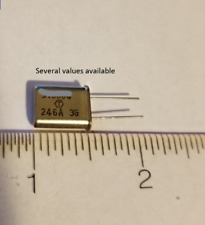
Stuttering has been long thought to be caused by emotional factors, but researchers who studied adults with persistent stuttering found that these individuals had anatomical irregularities in the areas of the brain that control language and speech. The study results, reported in the July 24 issue of Neurology, the scientific journal of the American Academy of Neurology, provide the first evidence that anatomic abnormalities within the areas of the brain that control speech and language puts an individual at risk for the development of stuttering.
Using MRI scans to measure the brains of 16 persistent developmental stuttering (PDS) patients and 16 controls, the right and left temporal lobe were found to be significantly larger in the adults with PDS, according to neurologist and study author Anne Foundas, MD, at Tulane University in New Orleans, LA.
The study group included 12 right-handers (nine men and three women), and four left-handed men, which approximates the distribution of those reported in population studies of those who stutter.
Besides attempting to determine a correlation between the shape and size of brain features and stuttering, the study sought to determine whether sex and writing hand preference influenced PDS. “Our data indicated that sex and writing hand seemed to be related to some anatomic features. For example, the Pars Triangularis was significantly larger in left than right-handers, and the Pars Triangularis and Pars Opercularis [adjacent portions of the frontal lobe] was larger in men than women,” according to Foundas.


















Comments are closed.